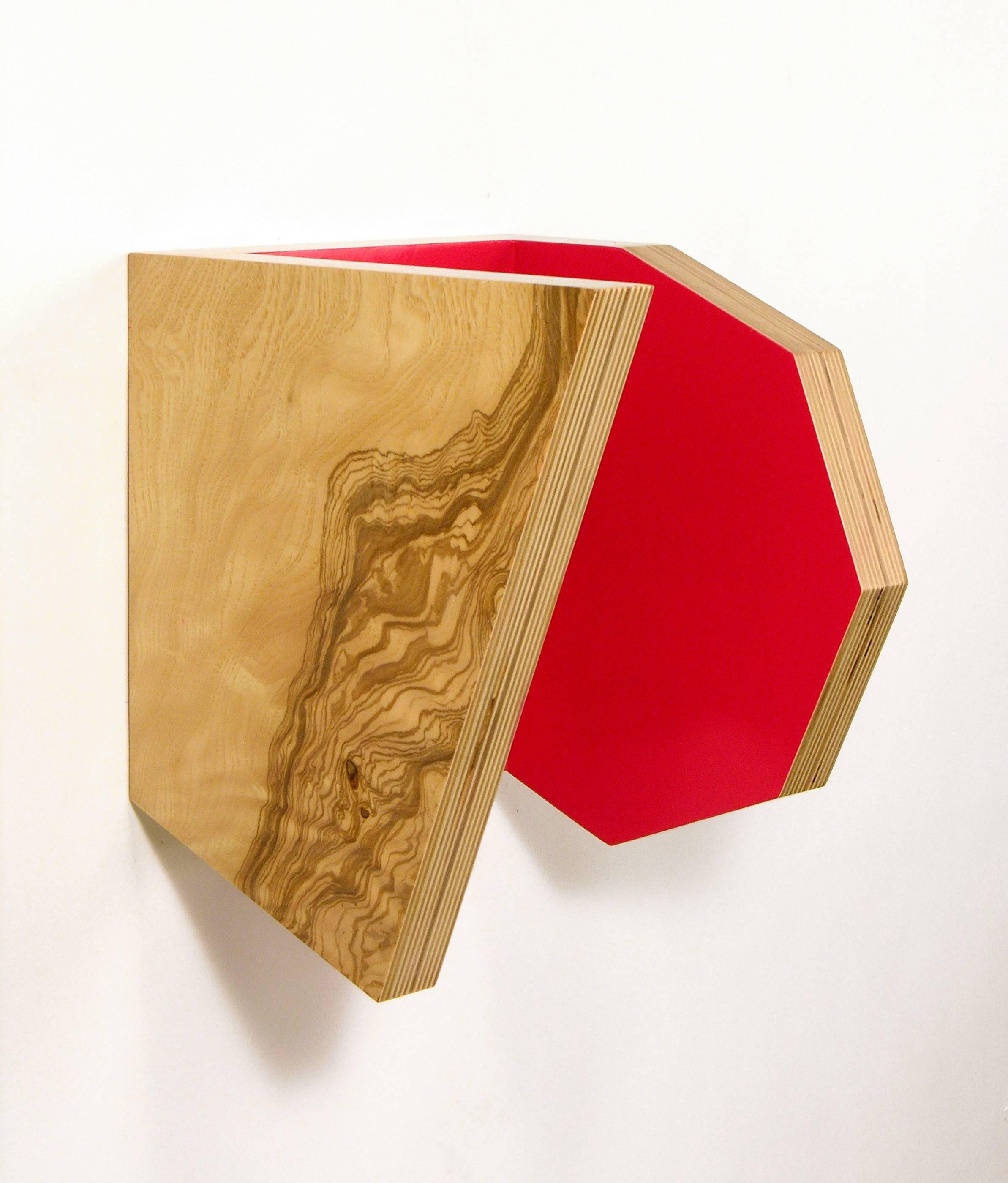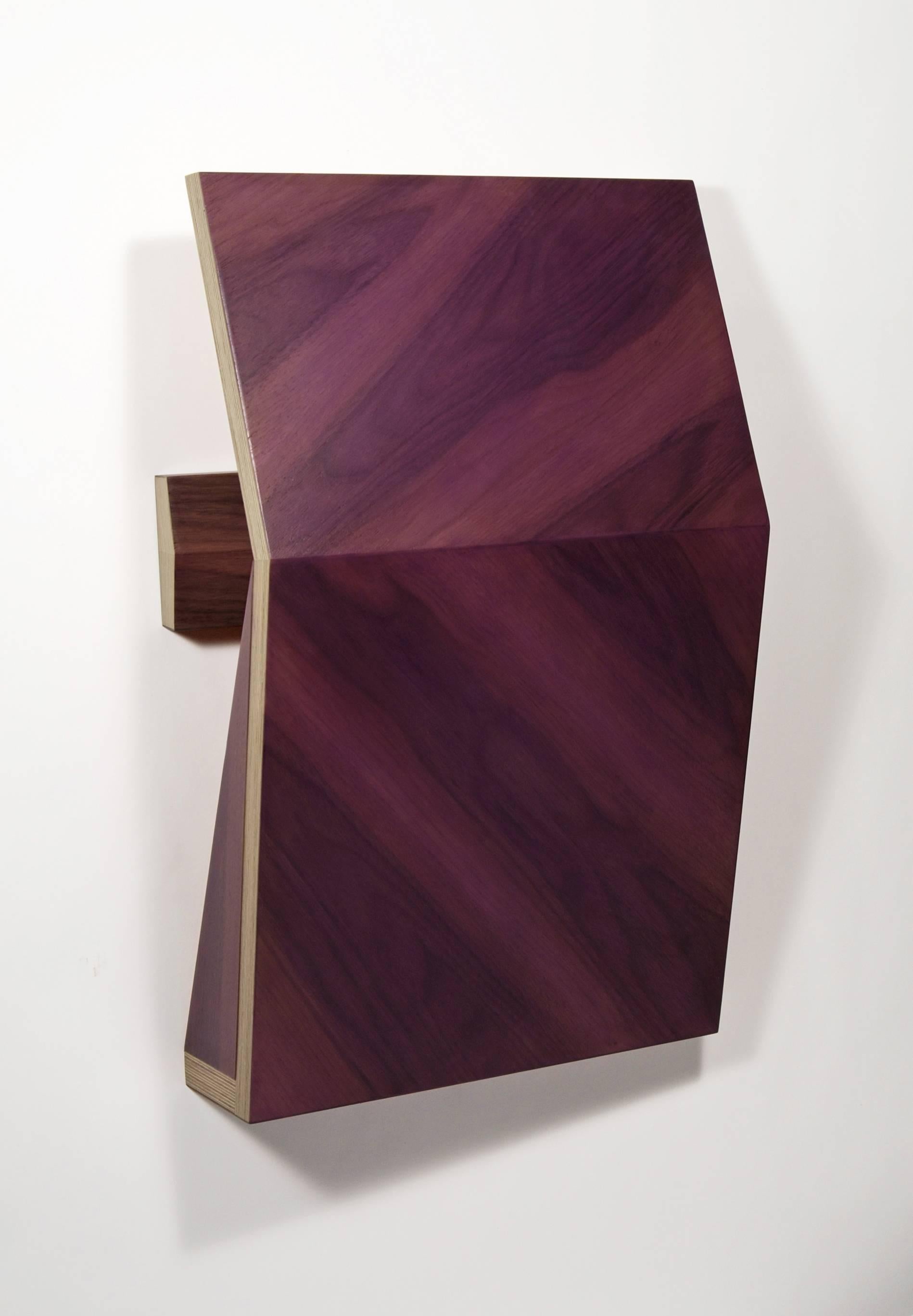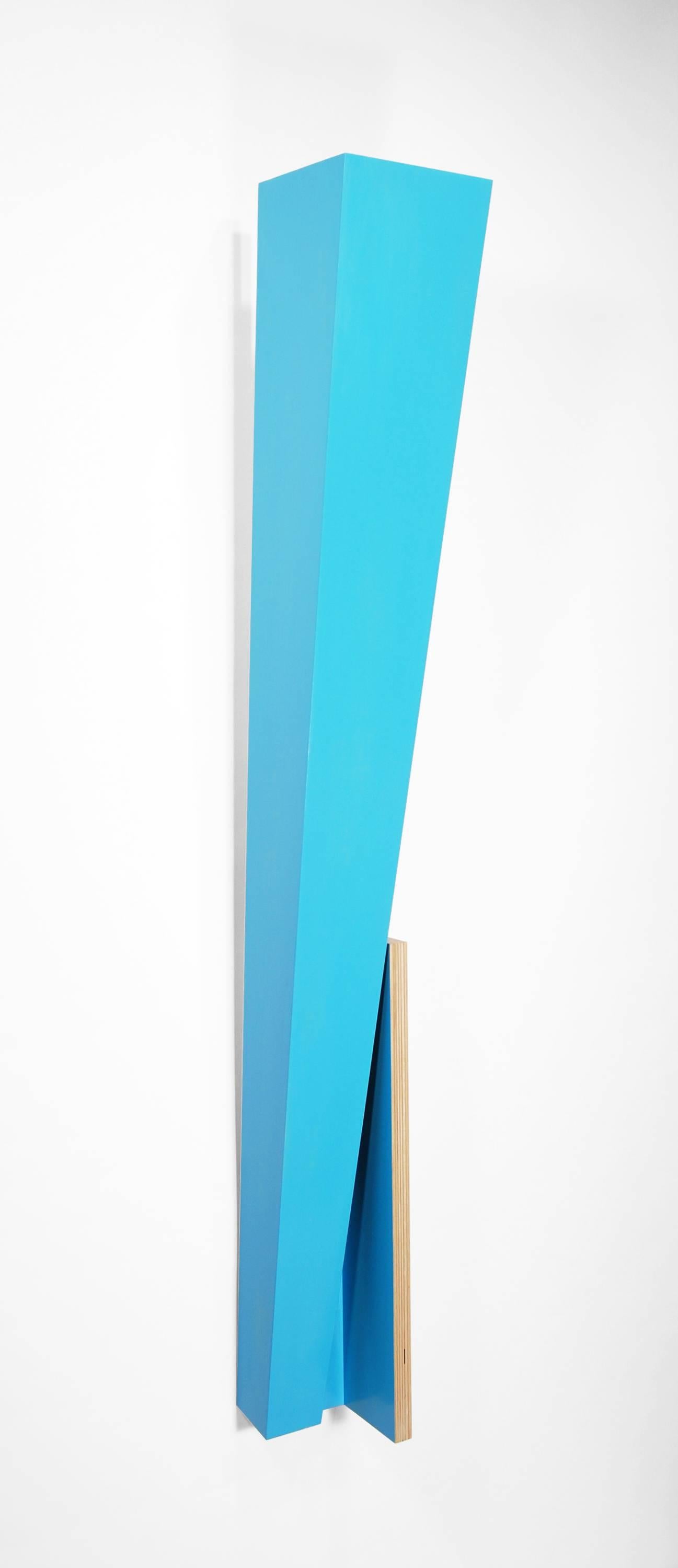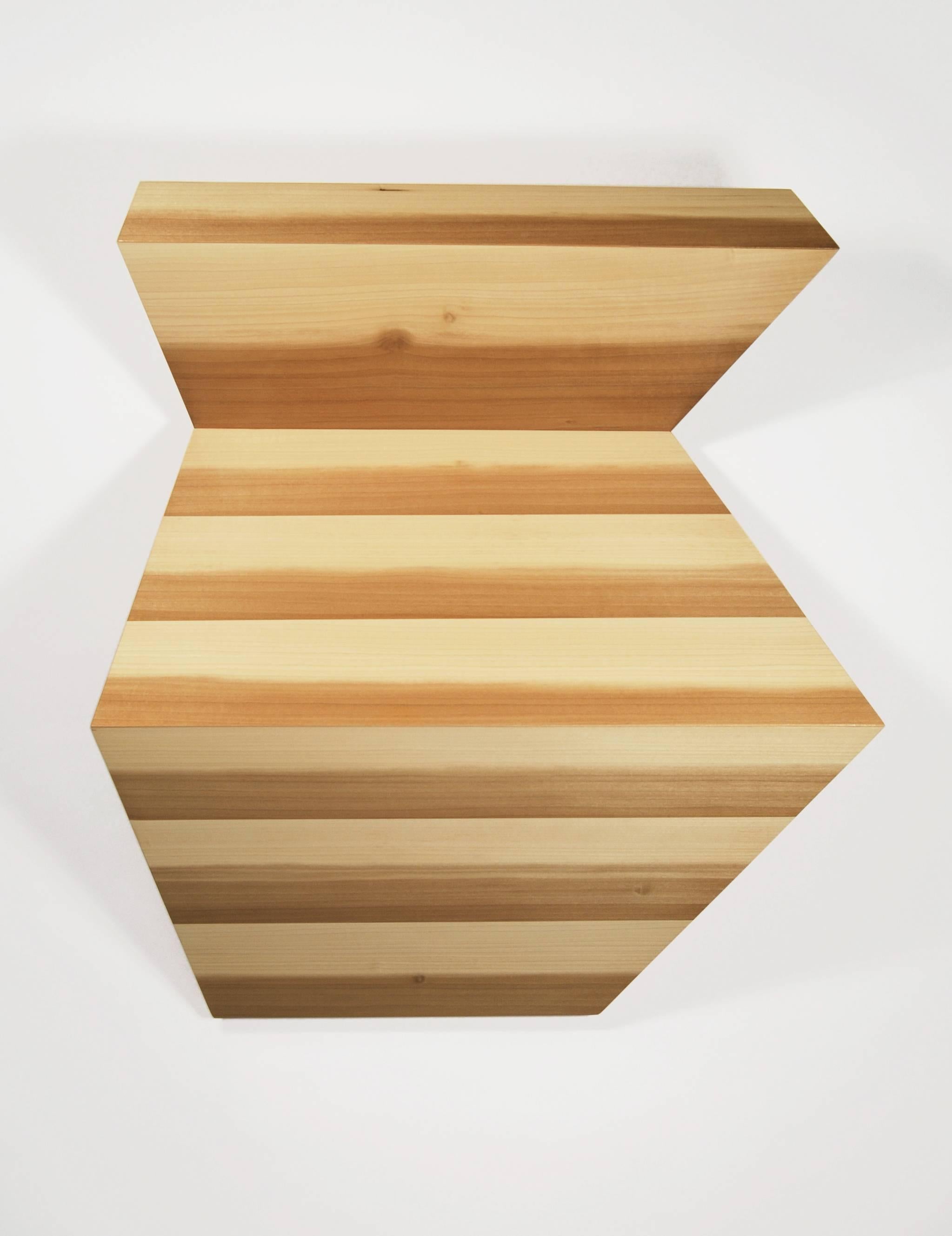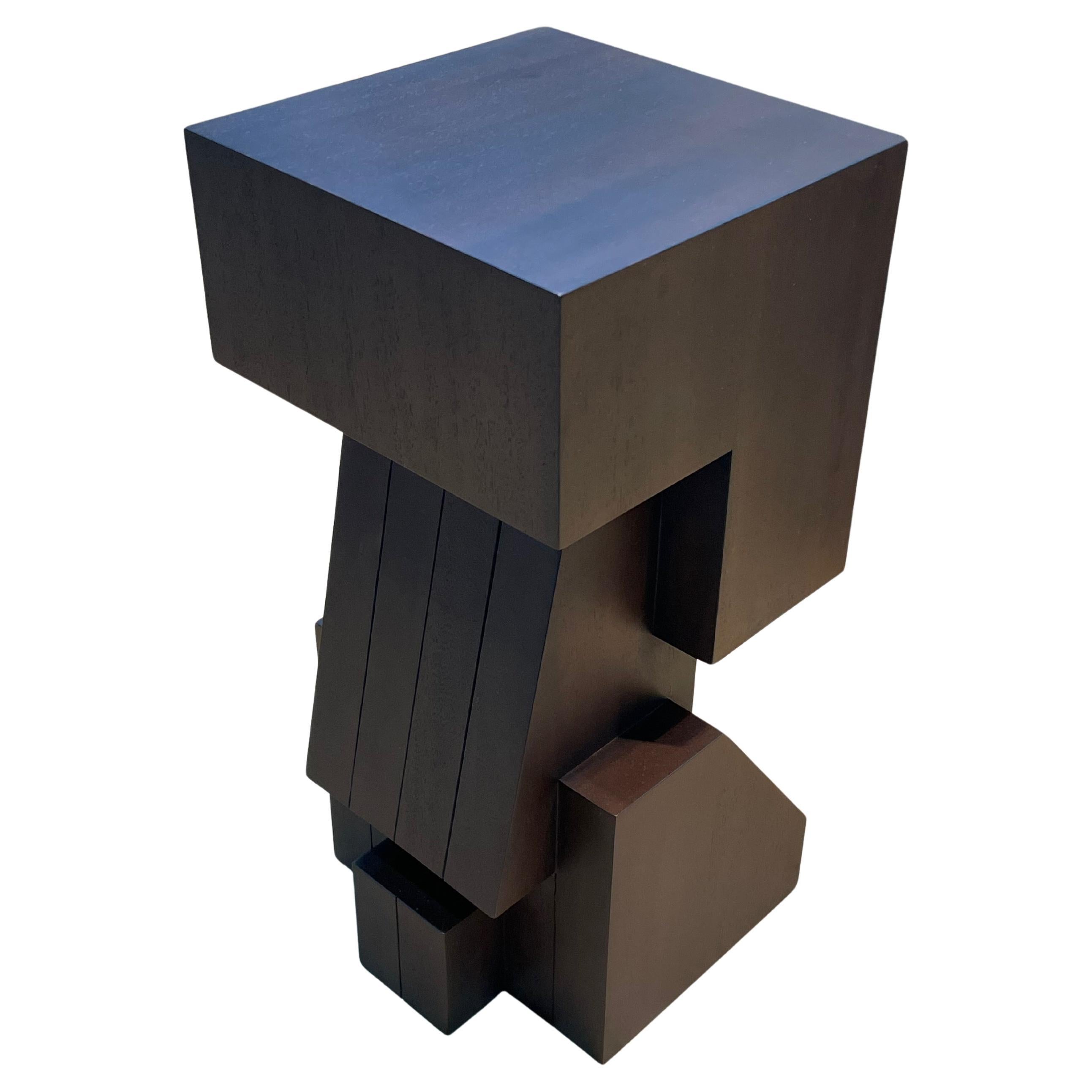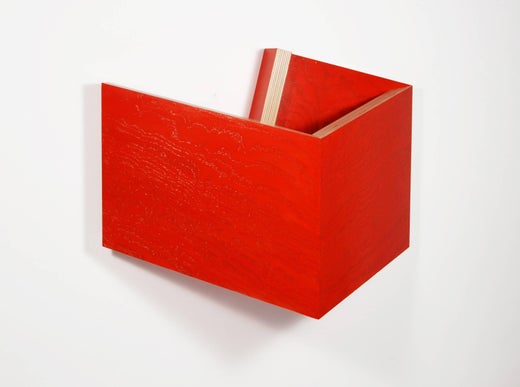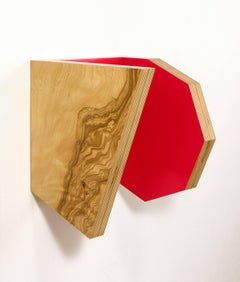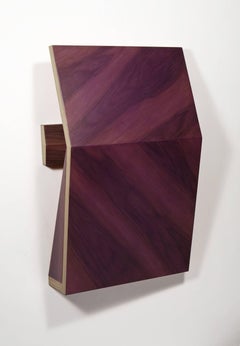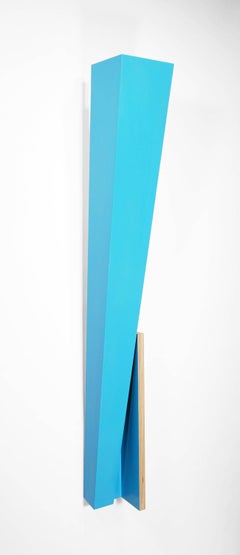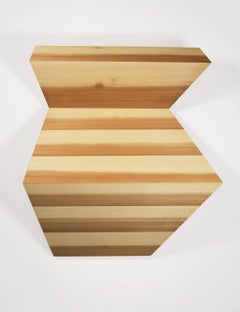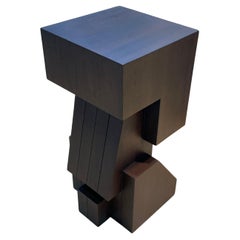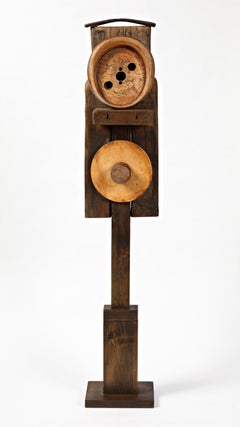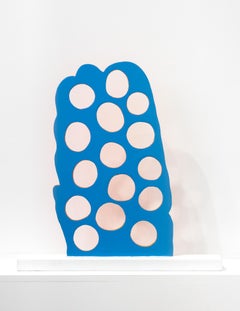Richard BottwinRichard Bottwin, 'Parallel #5', 2006, Wood2006
2006
About the Item
- Creator:Richard Bottwin (1950)
- Creation Year:2006
- Dimensions:Height: 10 in (25.4 cm)Width: 8.5 in (21.59 cm)Depth: 8 in (20.32 cm)
- Medium:
- Movement & Style:
- Period:
- Condition:
- Gallery Location:Darien, CT
- Reference Number:1stDibs: LU1722680402
Richard Bottwin
Richard Bottwin lives and works in New York City and has maintained his sculpture studio in Brooklyn since 1990. His solo exhibitions include shows at OK Harris Gallery in New York, Metaphor Gallery in Brooklyn and Pentimenti Gallery in Philadelphia. He has participated in group exhibitions at DM Contemporary Gallery, New York, Bunsen/ Götz Galerie, Nuremberg, Galleri Tom Christoffersen, Copenhagen and Art Forum Ute Barth, Zurich. Bottwin’s museum exhibitions include group shows at The Neuer Kunstverein, Aschaffenburg, Germany, The Visual Arts Center of New Jersey, Summit NJ, Moma PS 1 in Long Island City, NY and the Pennsylvania Academy of Fine Arts in Philadelphia. He has also created site-specific installations at The Sculpture Center in Long Island City, NY, The Pratt Institute Campus in Brooklyn New York and In Fairmount Park, Philadelphia with the Philadelphia Art Alliance. His work in public collections includes the Bayerische Landesbank headquarters in NYC and The Pratt Institute outdoor sculpture collection in Brooklyn. Bottwin has received two artist’s grants from the State of Pennsylvania and one from New York State and he was awarded a residency at the Edward Albee Foundation, Montauk NY. His work has been reviewed in The New York Times, The Philadelphia Inquirer and The Brooklyn Rail.
- ShippingRetrieving quote...Shipping from: Darien, CT
- Return Policy
More From This Seller
View All21st Century and Contemporary Post-Minimalist Abstract Sculptures
Wood, Acrylic
2010s Abstract Geometric Abstract Sculptures
Wood, Acrylic
2010s Abstract Geometric Abstract Sculptures
Wood, Acrylic
2010s Abstract Geometric Abstract Sculptures
Wood
2010s Abstract Geometric Abstract Sculptures
Wood, Acrylic
2010s Abstract Geometric Abstract Sculptures
Poplar, Plywood, Acrylic
You May Also Like
21st Century and Contemporary New Zealand Abstract Sculptures
Wood
2010s Abstract Abstract Sculptures
Wood, Acrylic
1990s Abstract Abstract Sculptures
Iron
21st Century and Contemporary Contemporary Abstract Sculptures
Wood, Acrylic
2010s Contemporary Abstract Sculptures
Wood
2010s Abstract Abstract Sculptures
Wood, Acrylic
